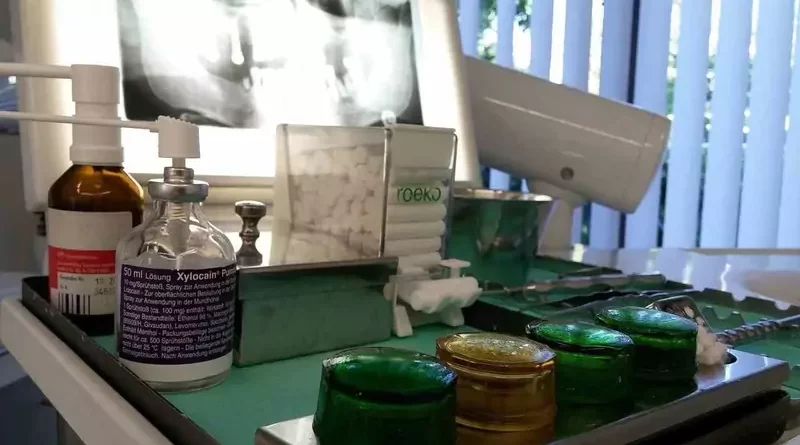Impacted Wisdom Teeth
Many people experience problems with their wisdom teeth at a certain time in their life. If wisdom teeth did not take their normal place in the jawbone, remain impacted. Half came out and half did not come out. If they came out in a different position than they should be, they may cause pain and swelling. There are effective ADA approved pain relievers (eg, KANK-A Mouth Pain Liquid and Benzodent Dental Pain Relieving Cream) that can relieve such pain.
But pain relievers are symptomatic remedies. With the inflammation of these teeth, the possibility of cyst or abscess development in the region increases in the following periods.
Fully Impacted Wisdom Teeth
There may be cases where there is not enough room for wisdom teeth to erupt in the jawbone where the teeth are lined up. In addition, the wisdom tooth may be in an abnormal position. Or, the presence of a cyst or tumor around the wisdom teeth may cause these teeth to be partially or completely impacted.
Fully impacted wisdom teeth do not need extraction unless they cause caries, gingivitis, or cyst formation in the surrounding tissues. It is usually sufficient to follow these teeth with dental X-rays and medical examination.
Partially Impacted Wisdom Teeth
Partially impacted wisdom teeth are teeth that have not completely erupted into the oral cavity. The gum covers these teeth partially. These teeth create a suitable environment for food accumulation and bacterial plaque formation due to the gum partially covering them. The fact that these teeth are located in the back of the tooth row makes it difficult to clean them. They tend to develop cavities or ‘pericoronitis’ (often recurrent gingival infection) of the overlying gum.
Pericoronitis may progress as a simple and local infection. But if left untreated, it can progress to life-threatening head and neck abscesses. Accordingly, partially erupted wisdom teeth should be surgically removed.
Fully Erupted Wisdom Tooth Problems
In many people, wisdom teeth erupt in both the upper and lower jaws without any problems. But even if these teeth have erupted without problems and a person doesn’t clean them well, the bacteria that collects around can cause other tooth and gum infections in the area. In addition, this situation can cause problems such as the bad breath. Since the results of such fully erupted wisdom teeth are similar to partially impacted wisdom teeth. They also need extraction.
Extraction of Wisdom Teeth
The dentist decides which wisdom teeth will be extracted and with which method, according to the results of the examination and imaging tests. The dentist usually performs the extraction of wisdom teeth by locally numbing that area.
However, anesthesia methods may vary depending on the size of the procedure to be performed on the patient. They also depend on the general health status of the patient, and the patient’s fear of dental treatments. In this respect, in some cases, the dentist performs wisdom tooth extraction with conscious sedation or under general anesthesia, accompanied by an anesthesiologist.
References
American Dental Association: “Wisdom Teeth”
Cleveland Clinic: “Do Your Wisdom Teeth Really Have to Come Out?”
Mayo Clinic: Diseases and Conditions, “Impacted wisdom teeth”
Oral Health Foundation: “Wisdom teeth”

